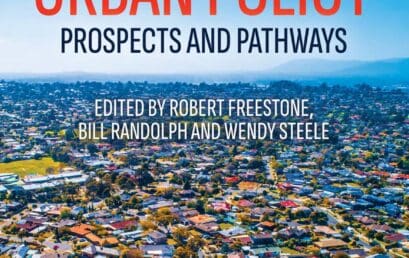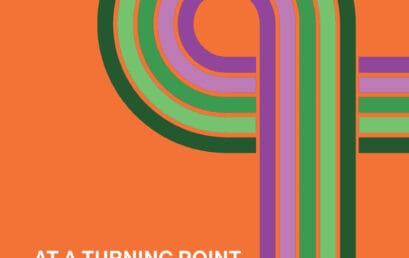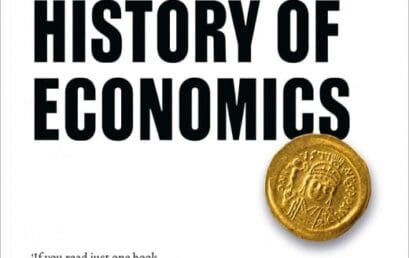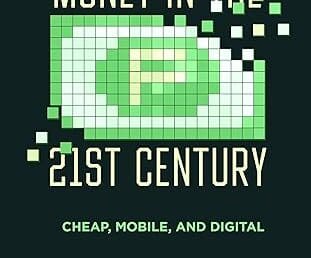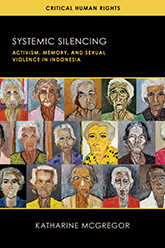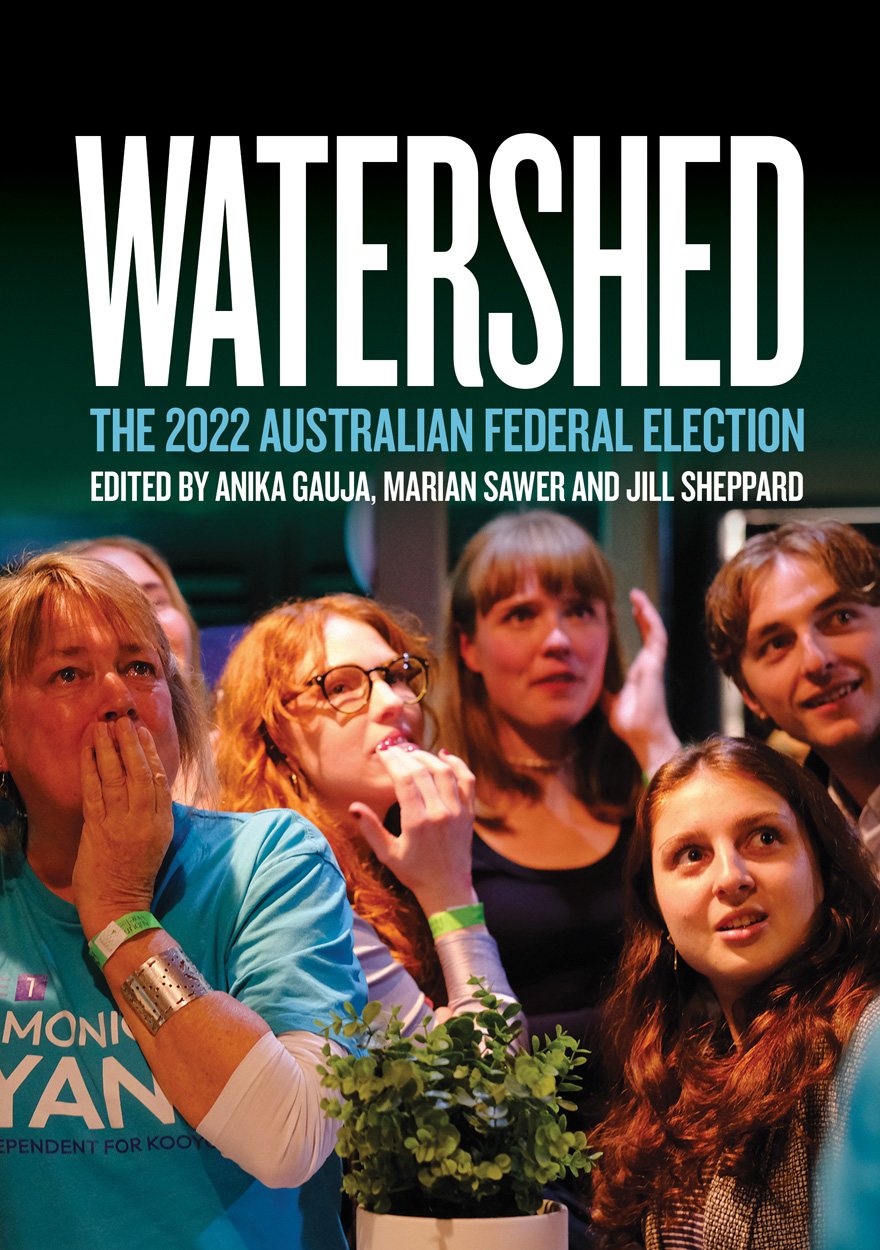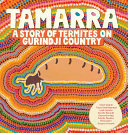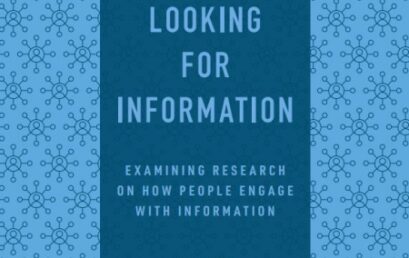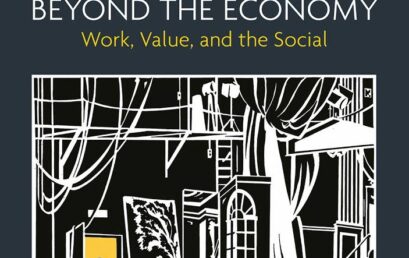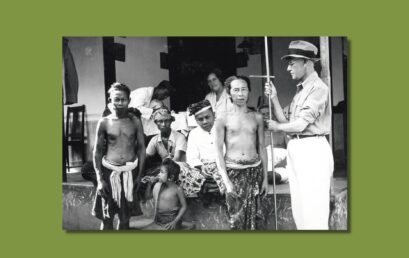Australian Urban Policy: Prospects and Pathways
Edited by: Robert Freestone, Bill Randolph, Wendy Steele. Urban Australia confronts numerous challenges in the 21st century: climate change, housing, transport, greenspace, social inequality, and governance, among them. While state and local governments wrestle with these issues, they are continent wide and require national leadership, direction and participation. As a highly urbanised country without a national […]
Multicultural arc : Making multicultural Australia: past, present an future
Multicultural Arc describes and analyses a half-century of multicultural action and policy in Australia, as the country changed from being 99.5% European to one of the most diverse societies in the world. Through examinations of the changes introduced by successive governments, readers follow the twists and turns of ideology and popular attitudes. From the “invention” […]
Spectacles of Waste
The modern bathroom is an ingenious compilation of locked doors, smooth porcelain, 4-ply tissue and antibacterial hand soap, but despite this miracle of indoor plumbing, we still can’t bear the thought that anyone else should know that our bodies produce waste. Why must we live by the rules of this intense scatological embarrassment? In Spectacles of […]
At a Turning Point
Australia is at a much-needed turning point in work, care and family policy. Australian women, families and communities are struggling to manage the complex demands of work and care. Rapid social and demographic change, alongside new workplace, labour market trends and the aftermath of the COVID-19 pandemic, requires a policy revamp that will allow all […]
The Shortest History of Economics: The Powerful Story of Economic Ideas and Forces that Shape Our World
The secret of economics is that the most powerful insights come from a handful of big ideas that anyone can follow.’ This small book tells a big story. From ancient times to the modern world, The Shortest History of Economics unearths the hidden economic forces behind war, innovation and social transformation. It traces how capitalism and the […]
Money in the Twenty-First Century: Cheap, Mobile, and Digital
An economist examines three modern forces that have redefined what “money” means, who controls it, and what the future of finance might look like. Money is increasingly cheap, digital, and mobile. In Money in the Twenty-First Century, economist Richard Holden examines the virtues and risks of low interest rates, mobile money, and cryptocurrencies, and explains how […]
The Social Future of Australia
Systemic Silencing: Activism, memory & sexual violence in Indonesia
A vital new work that untangles the overlooked history, personal narratives and complex geopolitics of enforced military prostitution and survivor redress in Indonesia, arising from Japan‘s World War II military occupation of South-East Asia.
Violence against women: What everyone needs to know
Violence against women and girls (VAWG) is a longstanding problem that has shifted very little despite increasing international and national media coverage and attention from governments and in policy debates. But what do we know about it and how to stop it? This book synthesises the latest knowledge about violence against women and girls, what […]
The Global Politics of Forced Migration: An Australian Perspective
Author, Professor Fethi Mansouri examines the consequences of Western states’ policies towards refugees and deterrence. Professor Mansouri is among the world’s leading experts on diversity, migration and social justice, and intercultural studies and is a Fellow of the Academy of the Social Sciences Australia.
Technologies for children
Now in its third edition, this is a comprehensive guide for educators on digital technologies and children’s learning during the years from birth to 12 years. With practical ideas and resources Technologies for children offers innovative, engaging and student-centred approaches to classroom learning, that are aligned with Australia’s Early Years Learning Framework and the Australian Curriculum. […]
Watershed: The 2022 Australian Federal Election
The 2022 election overthrew received wisdom about safe seats and how the Australian electorate votes. It resulted in a change of government and also saw the rise of the ‘Teal Independents’ along with the lowest number of primary votes for the major parties since the formation of the Australian party system. In Watershed, leading scholars […]
Troubled Minds: Understanding and treating mental illness
We tend to take our mental health for granted, yet face with our own mental illness, or mental ill-health among our family or friends we can feel overwhelmed. Troubled Minds: Understanding and treating mental illness by Academy Fellows Sidney Bloch and Nick Haslam is a welcome and authoritative guide for anyone whose life has been […]
Everything You Need to Know About the Uluru Statement from the Heart
We leave base camp and start our trek across this vast country. We invite you to walk with us in a movement of the Australian people for a better future. On 26 May 2017, after a historic process of consultation, the Uluru Statement from the Heart was read out. This clear and urgent call for […]
Dilemmas in public management in Greater China and Australia: Rising tensions but common challenges
Despite rising international tensions Greater China and Australia face many shared challenges in public administration. Based on decades of scholarship and workshops and written for a wider readership, ‘Dilemmas in public management’ confirms fundamental philosophical differences while also looking for common ground and opportunities for shared learning.
Tamarra: A Story of Termites on Gurindji Country
Co-authored by Academy Fellow Felicity Meakins, Tamarra: A Story of Termites on Gurindji Country is a fascinating, illustrated science book that takes kids inside the life of termites through storytelling from the Gurindji People. Did you know there are four types of termite poo? Or that a warm paste made from termite mound is used […]
Human Resources for the Non-HR Manager
Human Resources for the Non-HR Manager gives every manager, regardless of their functional role, access to cutting-edge research and evidence-based recommendations so they can approach their people management responsibilities with confidence. Day-to-day people management is increasingly the responsibility of front-line managers, not HR professionals. But managers are often poorly prepared for these responsibilities; they receive little […]
Looking for Information: Examining Research on How People Engage with Information
This fifth edition of Looking for Information is redesigned to reflect the breadth of research across information behaviour studies, with a new streamlined, six-chapter structure, presenting a refreshed look at people’s information needs and seeking practices, while also embracing contemporary concepts such as information use, creation, and embodiment. This edition retains its core purpose by highlighting essential […]
Cultural Policy Beyond the Economy: Work, Value, and the Social
Deborah Stevenson, Professor of Sociology and Urban Cultural Research, Institute for Culture and Society, Western Sydney University, Australia This unique and insightful book provides a comprehensive examination of contemporary cultural policy and its discourses, influences, and consequences. It examines the factors that have led to a narrowing of cultural policy and suggests new ways of […]
Imagined Racial Laboratories: Colonial and National Racialisations in Southeast Asia
Volume Editors: Ricardo Roque and Warwick Anderson Imagined Racial Laboratories reveals the watermarks of science in the dynamics of racialisation in Southeast Asia, during and after the colonial period. Bringing together a set of critical histories of race sciences, it illuminates the racialised dimensions of colony and nation in the region. It demonstrates that racialisation took […]
